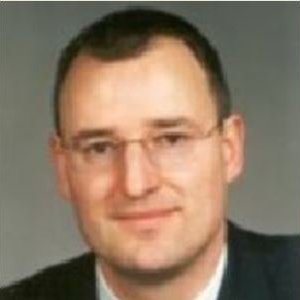Physical Modelling and Estimator-Based Control as Basis of Energy-Efficient Actuators
A special issue of Actuators (ISSN 2076-0825).
Deadline for manuscript submissions: closed (31 May 2018) | Viewed by 11305
Special Issue Editors
Interests: control systems; mechatronics; actuators; engines control; signal processing; wavelets; Kalman filter; optimal energy control
Special Issues, Collections and Topics in MDPI journals
Interests: mechatronics; physical modelling; nonlinear control and estimation; optimization
Special Issues, Collections and Topics in MDPI journals
Special Issue Information
Dear Colleagues,
It is well known that energy considerations play an important role both in physical modelling and feedback control design of dynamical systems.
The consideration of energy flows is extremely important in the model-based design of actuators in terms of their energy efficiency and their performance. In fact, by taking the intrinsic physical couplings into account, such as in:
- electromagnetic systems
- piezo-electric systems
- Peltier elements
- fluidic actuator-like pneumatic muscles.
More compact actuator designs and energy-efficient control strategies with increased performance become possible.
This call aims at collecting contributions related to the design and feedback control of actuators in any field of applications, where the physical couplings are exploited to obtain more efficient, highly compact and innovative devices. The call is mainly focused on, but not limited to, the following fields:
- Electromagnetic actuators: innovative designs, model-based optimization and observer-based control using the back-electromotiveforce (bemf)
- Concept and control of devices using Eddy current effects in order to recover energy
- Use of Seebeck-Peltier effects to obtain efficient thermal actuators and corresponding control algorithms
- Piezo-electric system using the back-electro charge force (becf) in control and estimation
- Innovative fluidic actuators in combination with observer-based control.
Moreover, the call also addresses self-sensing effects in feedback-controlled actuators that are implemented by using state and disturbance observers, Kalman Filters or similar estimator structures.
Prof. Dr.-Ing. Paolo Mercorelli
Prof. Dr.-Ing. Harald Aschemann
Guest Editors
Manuscript Submission Information
Manuscripts should be submitted online at www.mdpi.com by registering and logging in to this website. Once you are registered, click here to go to the submission form. Manuscripts can be submitted until the deadline. All submissions that pass pre-check are peer-reviewed. Accepted papers will be published continuously in the journal (as soon as accepted) and will be listed together on the special issue website. Research articles, review articles as well as short communications are invited. For planned papers, a title and short abstract (about 100 words) can be sent to the Editorial Office for announcement on this website.
Submitted manuscripts should not have been published previously, nor be under consideration for publication elsewhere (except conference proceedings papers). All manuscripts are thoroughly refereed through a single-blind peer-review process. A guide for authors and other relevant information for submission of manuscripts is available on the Instructions for Authors page. Actuators is an international peer-reviewed open access monthly journal published by MDPI.
Please visit the Instructions for Authors page before submitting a manuscript. The Article Processing Charge (APC) for publication in this open access journal is 2400 CHF (Swiss Francs). Submitted papers should be well formatted and use good English. Authors may use MDPI's English editing service prior to publication or during author revisions.
Keywords
- Efficient control and estimation schemes for electromagnetic, piezo-electric, thermal and fluidic actuators
- Efficient model-based design of actuators
- Eddy current control






